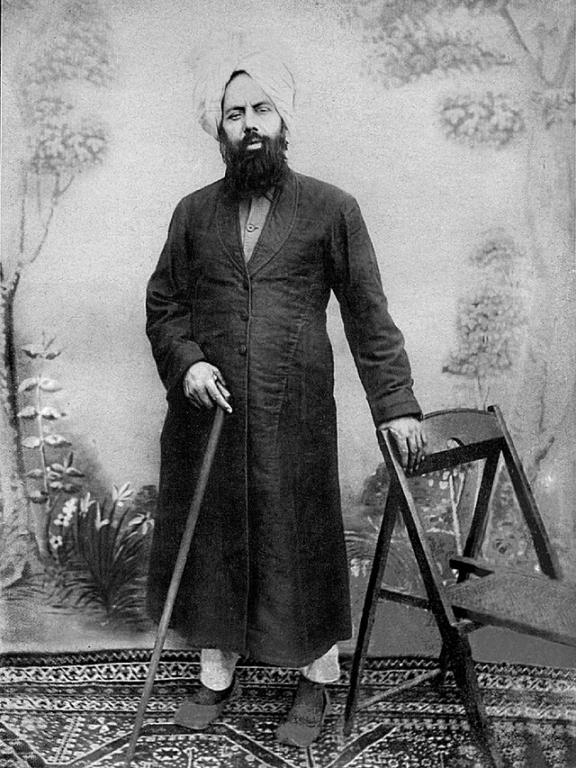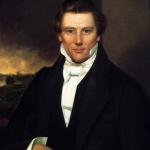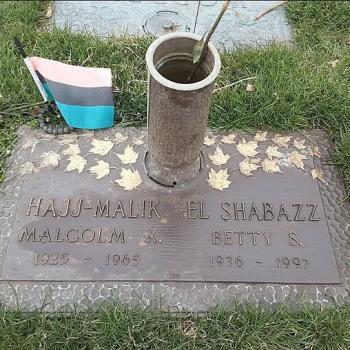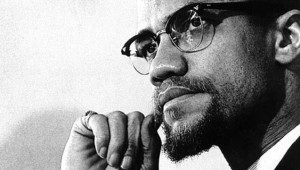On the 23rd of March, in 1889, forty admirers of Hazrat Mirza Ghulam Ahmad, took hands and pledge themselves as his followers as the promised messiah and Mahdi.
This moment is considered the inauguration of the Ahmadiyya Muslim movement.
Ghulam Ahmad was born into an affluent Mughal family on the 13th of February, 1835, in Qadian, Punjab. His father was a physician. While he worked for his family he devoted all the time he could to the study of Islam. He was also a controversialist, especially engaging Christian missionaries and the Hindu reformist Arya Samaj.
Around 1882 he began making claims of special divine blessing for himself. Then starting around 1888 his claims to be messiah and madhi made him very controversial within the muslim community. There would be a series of fatwa in the Muslim world denouncing him and his mission.
But, he also began to attract followers. The 23rd of March marks when the formal movement began.
From my perspective he offered a somewhat more generous version of Islam. Jihad, for instance, is strictly a spiritual thing. Islam is to be protected with the pen and through the lived lives of believers. He also added to the list of prophets Zoroaster, Krishna, Buddha, and Confucius. All, of course, reconciled and corrected by Mohammed.
In general, Ahmadiyya Islam is moderate and inclusive. Emphasis on that phrase “in general.” He taught “There are only two complete parts of faith. One is to love God and the other is to love mankind to such a degree that you consider the suffering and the trials and tribulations of others as your own and that you pray for them.”
Ahmad’s claims to being a prophet is understood by his followers as not placing himself above Mohammed. Although orthodox muslims say that is exactly the Amadiyya claim.
In addition to controversy with the larger muslim world, Ahmad’s teachings directly challenged some central doctrines of normative Christianity. He taught that Jesus survived the crucifixion, made his east, where he died a natural death, and was buried in Kashmir. Ahmad also engaged in correspondence with several Western religious cranks, notably John Alexander Dowie and John Hugh Smyth-Pigott.
Mirza Ghulam Ahmad died in Lahore on the 26th of May, 1908.
In Islamic countries the Ahmadiyya is often persecuted. The hostility to the movement can be seen in a search of the Ahmadiyya terms on YouTube. Critics appear to make a great deal of his death, which seems to have involved dysentery. For pro-Ahmadiyya videos go here or here.
But elsewhere the mission finds a receptive ear.
Hazrat Mirza Ghulam Ahmad left a well-organized community, which has representation today in as many as two hundred countries. Today there are somewhere between ten and twenty million Ahmadiyya muslims.














